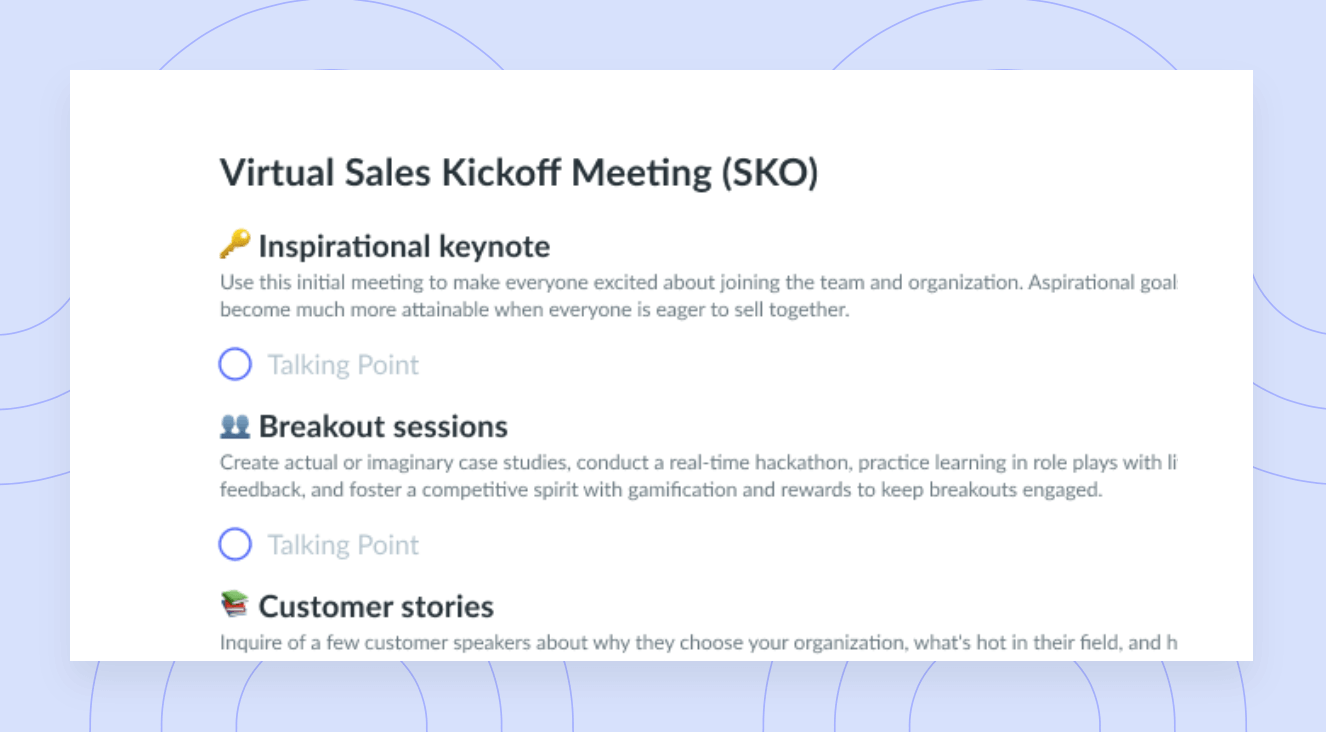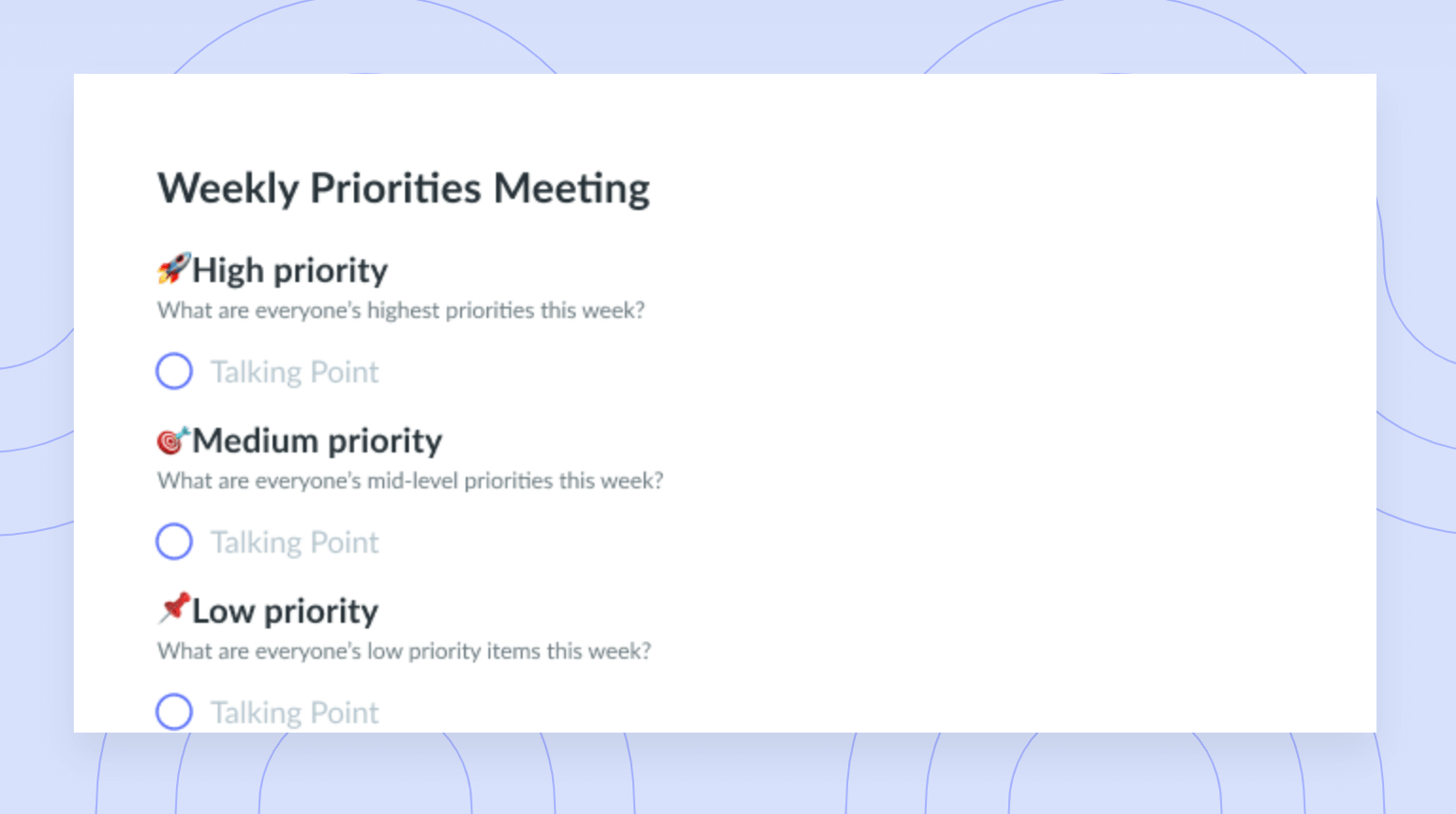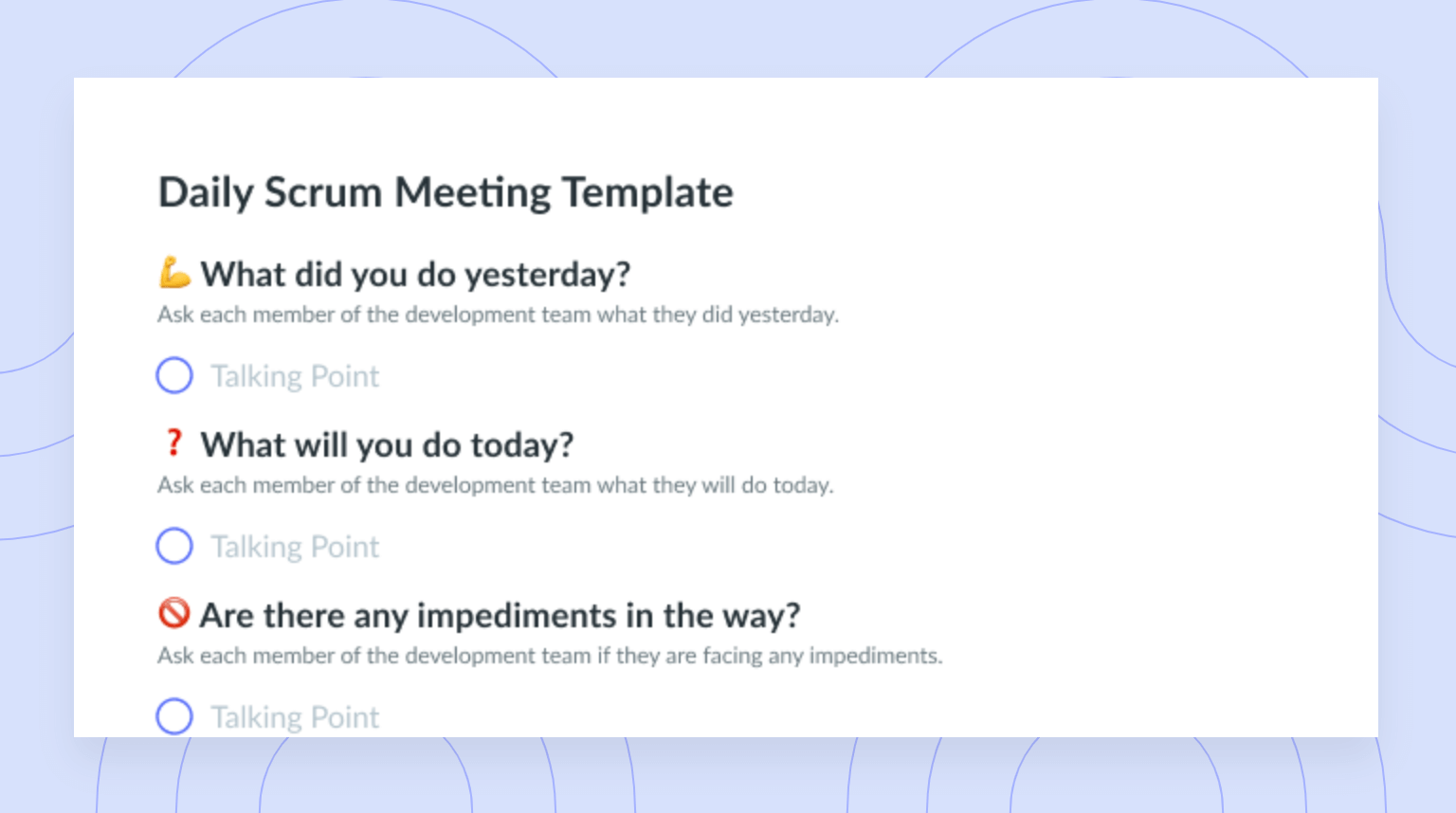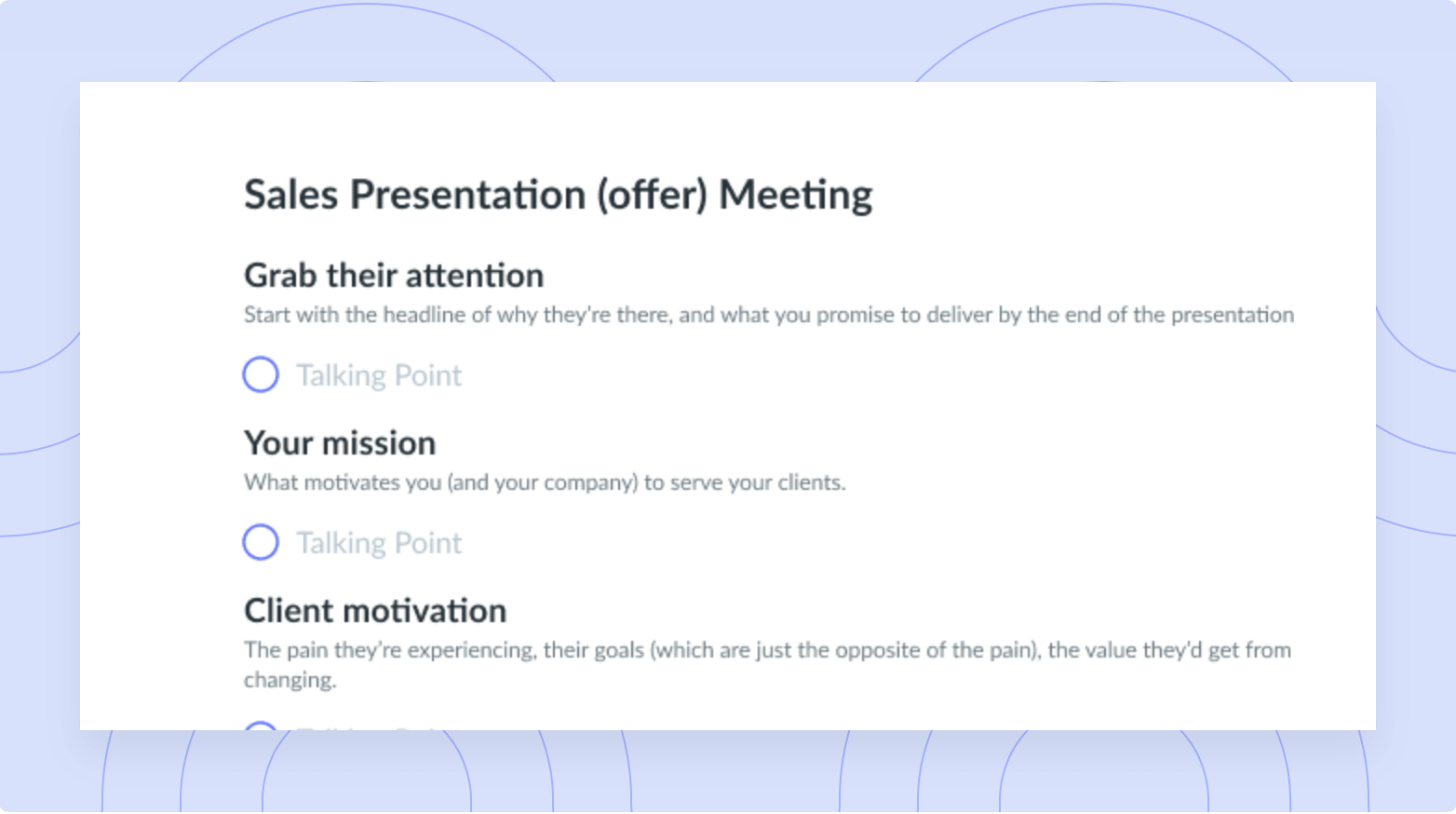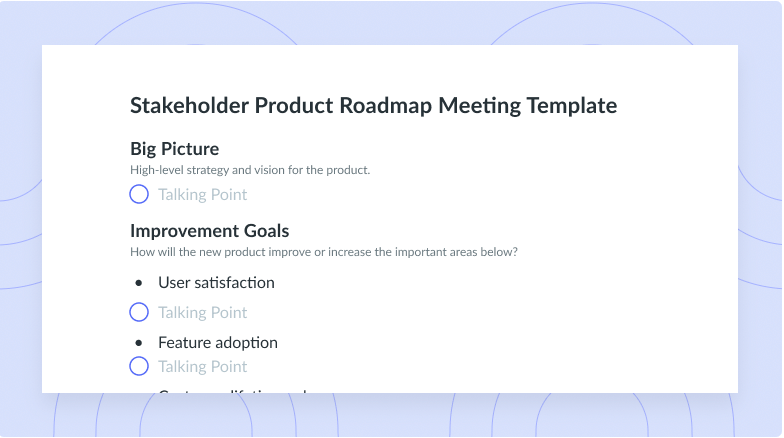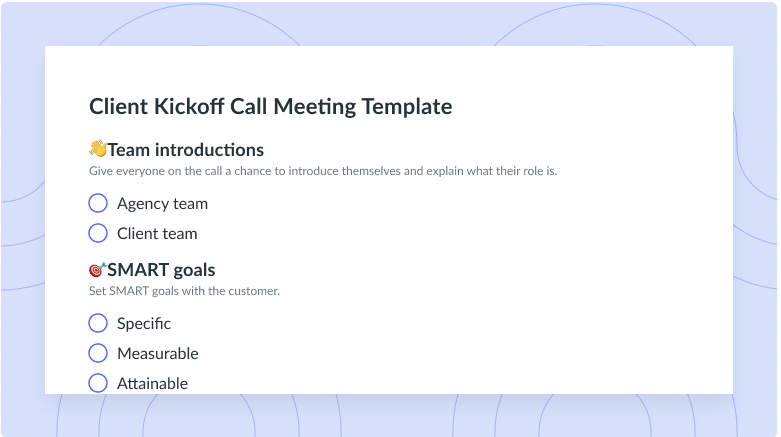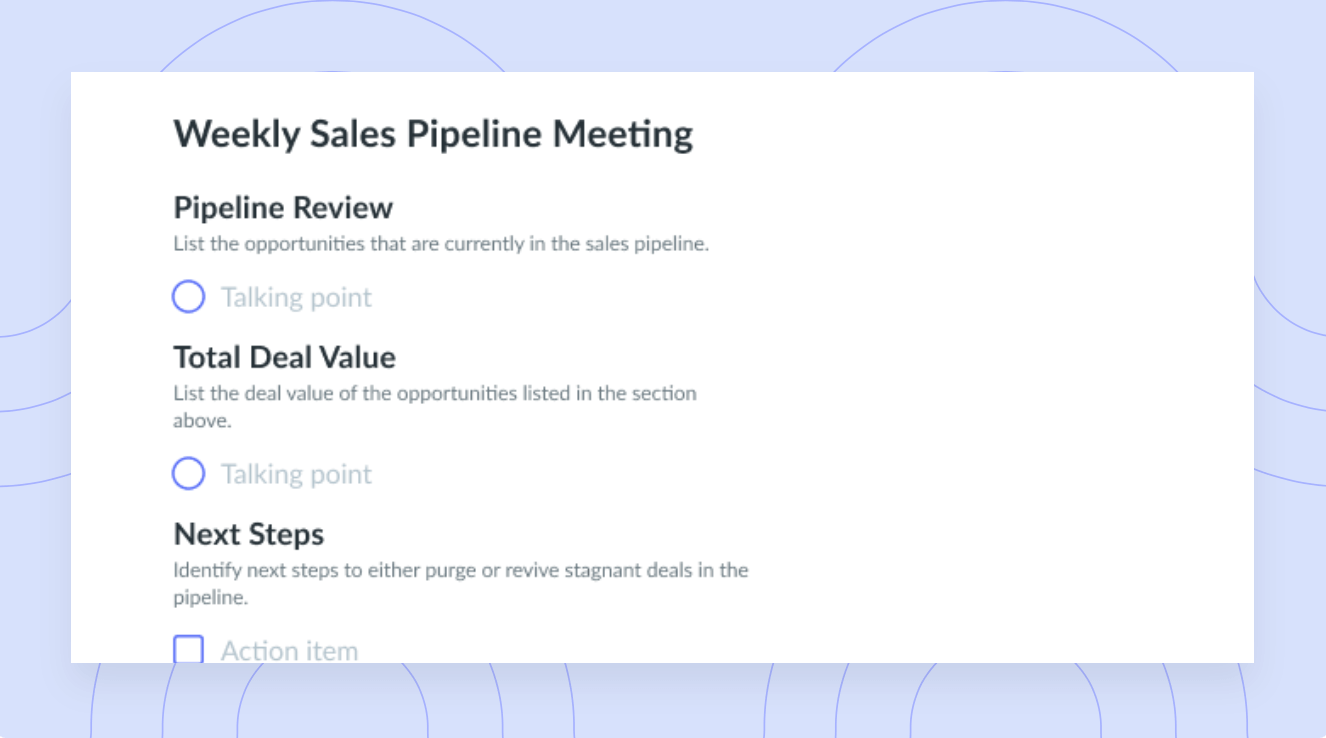The Top 5 Habits of High Performing Leaders
What makes a great leader – and how can you become one yourself? Follow these 5 expert-approved steps.
People are often promoted based on their excellent job performance or technical skills, but do not have a comparable degree of competence in their “people skills”.
Today’s workplace demands that leaders at all levels are able to build strong relationships with others, especially in motivating and developing employees to drive better business results. So, what do high performing leaders have that others don’t – and how can you become one of them?
5 habits that drive performance and results
1 Align team and individual work to the organization’s direction
Effective leaders are able to align their team and the work of each member to the direction the organization is going.
They review their own work objectives to ensure they are in line with the organization’s goals, then enthusiastically monitor team activity to keep efforts aligned. They stay current on advances and trends in their industry or field, proactively keep themselves up-to-date on organization decisions, and engage their team to achieve those future plans.
“We have participated in many strategic planning sessions only to see the PowerPoint charts filed away and dusted off when reviewed the following year,” says Collen Kelley, VP Operations at Stratford Managers. “Without leadership commitment and drive to create the day-to-day linkages between the strategy and execution of the company, it can be wasted effort. The strategy must be held together with commonly understood processes and culture that reinforce the goals of the organization and the accountability required of its business leaders.”
2 Communicate thoughts and ideas effectively
Effective leaders are able to communicate well and put across thoughts and ideas through a variety of communication methods, including – but not limited to:
- Team discussions
- One-on-one meetings
- Emails 📩
- Skip-level meetings
- All-hands meetings
- Chat channels (such as Microsoft Teams and Slack)
- Presentations and reports
They are effective at choosing the appropriate method of communication for a situation, then share information in a clear and concise manner. They present written communication in a way that is easy to understand, know how to listen actively without interrupting, and when communicating verbally, know when and how to express emotion.

Show up prepared
Having a collaborative meeting agenda allows all attendees to better prepare for the upcoming discussion and make effective use of everyone’s time.
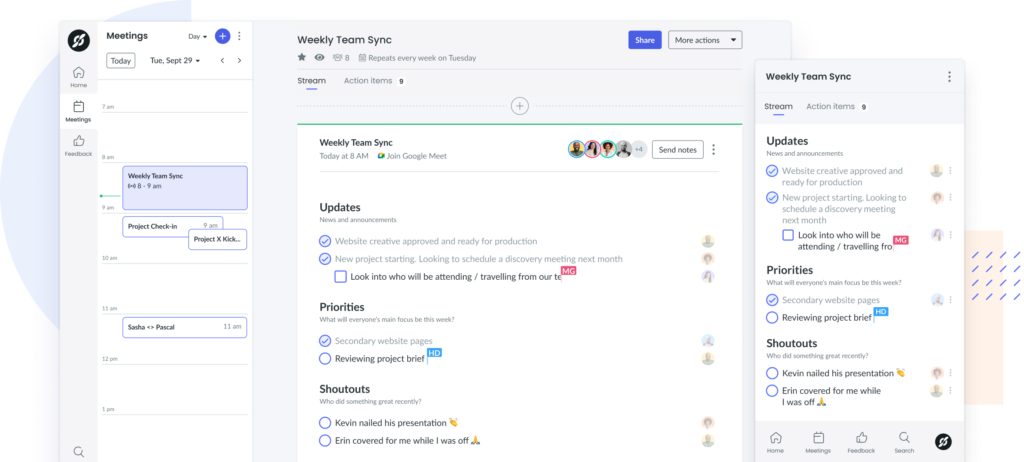
3 tips to communicate strategy-related information with your team:
- During the strategic planning process, keep a record of how you developed your strategy that will be relevant to employees. This might include anecdotes, challenges you struggled with, and how you came to conclusions.
- Create a “learning narrative”: Remember that your employees haven’t been involved in your lengthy strategic thought process, so you need to bring them up to speed.
- Use graphics to tell the story: Create a standardized, visual storyboard to communicate the strategy narrative across the organization.
3 Empower others with the resources they need to succeed
Effective leaders lead a team using knowledge, experience and expertise to make rapid and effective decisions. They adapt their leadership style to ensure those around them are empowered with the resources and authority they need to succeed, and recognize how their team is feeling.
Great leaders acknowledge and adjust to change when new information is presented, remove barriers to team productivity, and praise the team and its achievements.
According to Dean Fulford (VP Leadership Development at Stratford Managers), there are 3 essential things you can do to empower your employees:
1. Delegate stretch-assignments 💪
Assigning work to someone for the purpose of their development, or as recognition of their expertise, is motivating.
2. Ask for help and advice 🔎
Employees want to have an impact on how things are done. They want the ability and responsibility to affect change. So seek their ideas, feedback and advice.
3. Encourage initiative 💡
Empower your employees to be creative and take calculated risks.
4 Manage individual performance
Effective leaders have the ability to understand people and their motivations, build good relationships with those around them, and achieve results through the efforts of others (as well as their own).
They ensure that each team member has clear roles and responsibilities, hold their direct reports accountable for their work and behaviour, and actively manage difficult performance issues.
What’s best way to do this? Hold regular one-on-one meetings with your direct reports, use constructive and developmental feedback appropriately, and recognize people for their performance.
5 Help others achieve more through feedback, instruction, and encouragement
Effective leaders willingly help other people develop their skills and knowledge, enabling people to fulfill the development of their careers.
They coach others regardless of their performance level, highlight strengths and weaknesses by giving specific examples, and offer praise and recognition as improvements are made.
9 steps for giving constructive feedback:
- Describe the behaviour you observed: “You missed the meeting we had scheduled this morning.”
- Solicit input: “What happened?”
- Share your feelings about the behaviour: “I’m disappointed because…”
- Tell why you feel that way, your thoughts or judgments: “… it makes me think that you don’t give my project much priority.”
- Share the impact: “Without your input, we could make a big mistake on our program requirements.”
- Ask for what you need: “I need you to attend these meetings and give your input.”
- Show support and solicit solutions: “Is there anything I can do to help?”
- Get a commitment: “So, you’ll be there for our meeting next Monday?”
- End on a positive: “I’m glad we had a chance to talk about this. We really need your experience to win this one.”
Parting advice
Today’s workplace demands that leaders at all levels are able to build strong relationships with others, especially in motivating and developing employees to drive better business results.
Developing these 5 leadership habits will help you create an environment for individual and team success:
- Align your team and the work of each member to your organization’s direction by monitoring team activity and staying current on advances and trends in your industry.
- Choose the appropriate methods of communication and share information in a clear and concise manner.
- Empower your direct reports with the resources and authority they need to succeed.
- Understand people and their motivations by building good relationships with everyone on your team.
- Coach other people to develop their skills and knowledge and fulfill the development of their careers.
Leadership can reside in anyone, at any level in an organization. It’s not about authority or power. Leadership is the practice of influence, to harness and maximize the efforts of others, towards the achievement of a goal.
By building these top 5 habits, you’ll be on your way to becoming a great leader 🚀.
About the author:
Stratford Managers has been helping companies solve their business challenges since 2008. Their dedicated team draws on years of practical business experience and takes a collaborative, cross-practice approach to help organizations and their leaders grow, improve and transform.
👉 Download the full e-book “Top 5 Habits of High Performing Leaders” here.






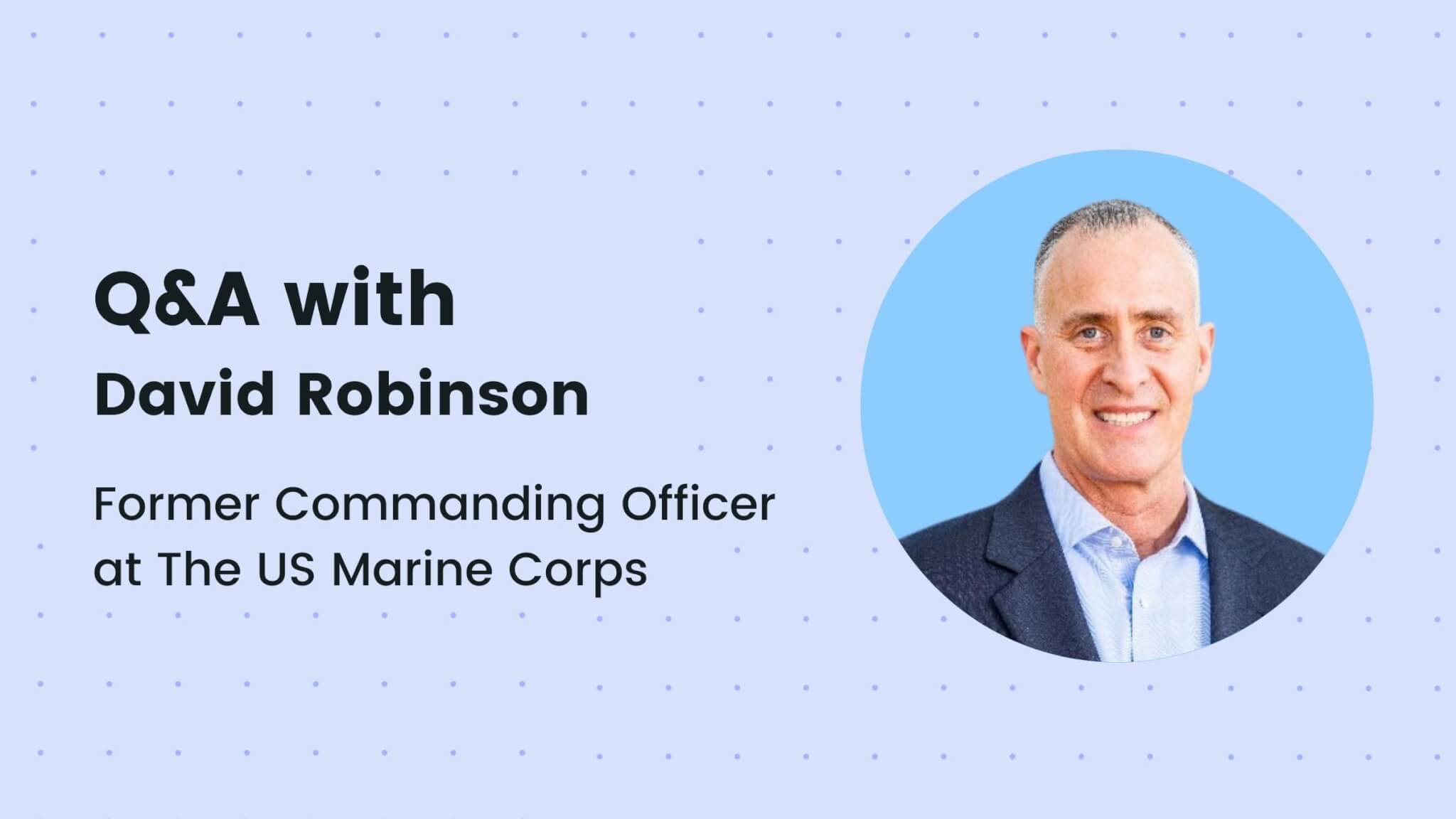
![The 5/25 Rule: How to Apply It [+ Example]](https://fellow.app/wp-content/uploads/2023/05/The-525-Rule2.jpg)



